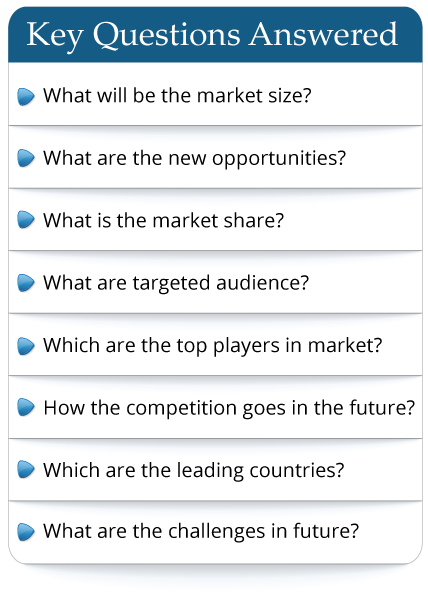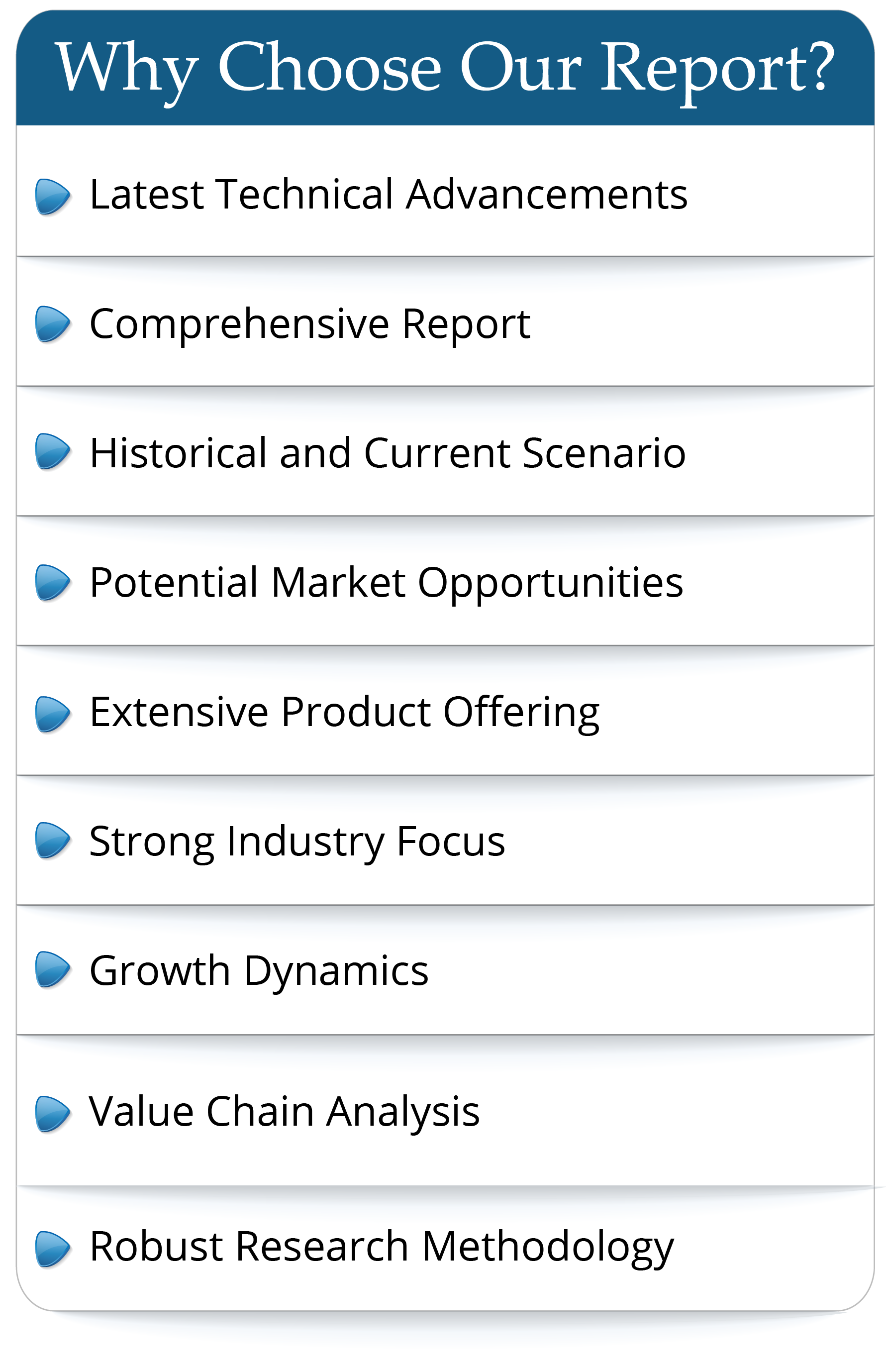According to our Researcher latest study, the global Automotive Rubber Molded Components market size was valued at USD 12760 million in 2023 and is forecast to a readjusted size of USD 15960 million by 2030 with a CAGR of 3.3% during review period.
Rubber molded components is a rubber product used in the automotive industry. In the manufacturing process, rubber molded components need to use the mold.
With the steady development of the automotive industry, automotive rubber molded components industry is also growing. In this industry, the global leader is Japan's NOK. Federal-Mogul, Freudenberg, Dana, SKF, Parker Hannifin, Elringklinger, Hutchinson Seal, Trelleborg and other companies are the major players in this industry, with about 62% market shares.
The Researcher report includes an overview of the development of the Automotive Rubber Molded Components industry chain, the market status of Passenger Vehicles (O-Rings, Oil Seal Products), Light Commercial Vehicles (O-Rings, Oil Seal Products), and key enterprises in developed and developing market, and analysed the cutting-edge technology, patent, hot applications and market trends of Automotive Rubber Molded Components.
Regionally, the report analyzes the Automotive Rubber Molded Components markets in key regions. North America and Europe are experiencing steady growth, driven by government initiatives and increasing consumer awareness. Asia-Pacific, particularly China, leads the global Automotive Rubber Molded Components market, with robust domestic demand, supportive policies, and a strong manufacturing base.
Key Features:
The report presents comprehensive understanding of the Automotive Rubber Molded Components market. It provides a holistic view of the industry, as well as detailed insights into individual components and stakeholders. The report analysis market dynamics, trends, challenges, and opportunities within the Automotive Rubber Molded Components industry.
The report involves analyzing the market at a macro level:
Market Sizing and Segmentation: Report collect data on the overall market size, including the sales quantity (K Units), revenue generated, and market share of different by Type (e.g., O-Rings, Oil Seal Products).
Industry Analysis: Report analyse the broader industry trends, such as government policies and regulations, technological advancements, consumer preferences, and market dynamics. This analysis helps in understanding the key drivers and challenges influencing the Automotive Rubber Molded Components market.
Regional Analysis: The report involves examining the Automotive Rubber Molded Components market at a regional or national level. Report analyses regional factors such as government incentives, infrastructure development, economic conditions, and consumer behaviour to identify variations and opportunities within different markets.
Market Projections: Report covers the gathered data and analysis to make future projections and forecasts for the Automotive Rubber Molded Components market. This may include estimating market growth rates, predicting market demand, and identifying emerging trends.
The report also involves a more granular approach to Automotive Rubber Molded Components:
Company Analysis: Report covers individual Automotive Rubber Molded Components manufacturers, suppliers, and other relevant industry players. This analysis includes studying their financial performance, market positioning, product portfolios, partnerships, and strategies.
Consumer Analysis: Report covers data on consumer behaviour, preferences, and attitudes towards Automotive Rubber Molded Components This may involve surveys, interviews, and analysis of consumer reviews and feedback from different by Application (Passenger Vehicles, Light Commercial Vehicles).
Technology Analysis: Report covers specific technologies relevant to Automotive Rubber Molded Components. It assesses the current state, advancements, and potential future developments in Automotive Rubber Molded Components areas.
Market Validation: The report involves validating findings and projections through primary research, such as surveys, interviews, and focus groups.
Market Segmentation
Automotive Rubber Molded Components market is split by Type and by Application. For the period 2019-2030, the growth among segments provides accurate calculations and forecasts for consumption value by Type, and by Application in terms of volume and value.
Market segment by Type
O-Rings
Oil Seal Products
Damping Products
Others
Market segment by Application
Passenger Vehicles
Light Commercial Vehicles
Heavy Commercial Vehicles
Others
NOK
Federal-Mogul
Freudenberg
Dana
SKF
Parker Hannifin
Elringklinger
Hutchinson Seal
Trelleborg
TKS Sealing
Oufu Sealing
Star Group
Duke Seals
Gates
Saint Gobain
Timken
MFC SEALING
Jingzhong Rubber
Corteco Ishino
NAK
Market segment by region, regional analysis covers
North America (United States, Canada and Mexico)
Europe (Germany, France, United Kingdom, Russia, Italy, and Rest of Europe)
Asia-Pacific (China, Japan, Korea, India, Southeast Asia, and Australia)
South America (Brazil, Argentina, Colombia, and Rest of South America)
Middle East & Africa (Saudi Arabia, UAE, Egypt, South Africa, and Rest of Middle East & Africa)
Chapter 1, to describe Automotive Rubber Molded Components product scope, market overview, market estimation caveats and base year.
Chapter 2, to profile the top manufacturers of Automotive Rubber Molded Components, with price, sales, revenue and global market share of Automotive Rubber Molded Components from 2019 to 2024.
Chapter 3, the Automotive Rubber Molded Components competitive situation, sales quantity, revenue and global market share of top manufacturers are analyzed emphatically by landscape contrast.
Chapter 4, the Automotive Rubber Molded Components breakdown data are shown at the regional level, to show the sales quantity, consumption value and growth by regions, from 2019 to 2030.
Chapter 5 and 6, to segment the sales by Type and application, with sales market share and growth rate by type, application, from 2019 to 2030.
Chapter 7, 8, 9, 10 and 11, to break the sales data at the country level, with sales quantity, consumption value and market share for key countries in the world, from 2017 to 2023.and Automotive Rubber Molded Components market forecast, by regions, type and application, with sales and revenue, from 2025 to 2030.
Chapter 12, market dynamics, drivers, restraints, trends and Porters Five Forces analysis.
Chapter 13, the key raw materials and key suppliers, and industry chain of Automotive Rubber Molded Components.
Chapter 14 and 15, to describe Automotive Rubber Molded Components sales channel, distributors, customers, research findings and conclusion.
Rubber molded components is a rubber product used in the automotive industry. In the manufacturing process, rubber molded components need to use the mold.
With the steady development of the automotive industry, automotive rubber molded components industry is also growing. In this industry, the global leader is Japan's NOK. Federal-Mogul, Freudenberg, Dana, SKF, Parker Hannifin, Elringklinger, Hutchinson Seal, Trelleborg and other companies are the major players in this industry, with about 62% market shares.
The Researcher report includes an overview of the development of the Automotive Rubber Molded Components industry chain, the market status of Passenger Vehicles (O-Rings, Oil Seal Products), Light Commercial Vehicles (O-Rings, Oil Seal Products), and key enterprises in developed and developing market, and analysed the cutting-edge technology, patent, hot applications and market trends of Automotive Rubber Molded Components.
Regionally, the report analyzes the Automotive Rubber Molded Components markets in key regions. North America and Europe are experiencing steady growth, driven by government initiatives and increasing consumer awareness. Asia-Pacific, particularly China, leads the global Automotive Rubber Molded Components market, with robust domestic demand, supportive policies, and a strong manufacturing base.
Key Features:
The report presents comprehensive understanding of the Automotive Rubber Molded Components market. It provides a holistic view of the industry, as well as detailed insights into individual components and stakeholders. The report analysis market dynamics, trends, challenges, and opportunities within the Automotive Rubber Molded Components industry.
The report involves analyzing the market at a macro level:
Market Sizing and Segmentation: Report collect data on the overall market size, including the sales quantity (K Units), revenue generated, and market share of different by Type (e.g., O-Rings, Oil Seal Products).
Industry Analysis: Report analyse the broader industry trends, such as government policies and regulations, technological advancements, consumer preferences, and market dynamics. This analysis helps in understanding the key drivers and challenges influencing the Automotive Rubber Molded Components market.
Regional Analysis: The report involves examining the Automotive Rubber Molded Components market at a regional or national level. Report analyses regional factors such as government incentives, infrastructure development, economic conditions, and consumer behaviour to identify variations and opportunities within different markets.
Market Projections: Report covers the gathered data and analysis to make future projections and forecasts for the Automotive Rubber Molded Components market. This may include estimating market growth rates, predicting market demand, and identifying emerging trends.
The report also involves a more granular approach to Automotive Rubber Molded Components:
Company Analysis: Report covers individual Automotive Rubber Molded Components manufacturers, suppliers, and other relevant industry players. This analysis includes studying their financial performance, market positioning, product portfolios, partnerships, and strategies.
Consumer Analysis: Report covers data on consumer behaviour, preferences, and attitudes towards Automotive Rubber Molded Components This may involve surveys, interviews, and analysis of consumer reviews and feedback from different by Application (Passenger Vehicles, Light Commercial Vehicles).
Technology Analysis: Report covers specific technologies relevant to Automotive Rubber Molded Components. It assesses the current state, advancements, and potential future developments in Automotive Rubber Molded Components areas.
Competitive Landscape
: By analyzing individual companies, suppliers, and consumers, the report present insights into the competitive landscape of the Automotive Rubber Molded Components market. This analysis helps understand market share, competitive advantages, and potential areas for differentiation among industry players.Market Validation: The report involves validating findings and projections through primary research, such as surveys, interviews, and focus groups.
Market Segmentation
Automotive Rubber Molded Components market is split by Type and by Application. For the period 2019-2030, the growth among segments provides accurate calculations and forecasts for consumption value by Type, and by Application in terms of volume and value.
Market segment by Type
O-Rings
Oil Seal Products
Damping Products
Others
Market segment by Application
Passenger Vehicles
Light Commercial Vehicles
Heavy Commercial Vehicles
Others
Major players
coveredNOK
Federal-Mogul
Freudenberg
Dana
SKF
Parker Hannifin
Elringklinger
Hutchinson Seal
Trelleborg
TKS Sealing
Oufu Sealing
Star Group
Duke Seals
Gates
Saint Gobain
Timken
MFC SEALING
Jingzhong Rubber
Corteco Ishino
NAK
Market segment by region, regional analysis covers
North America (United States, Canada and Mexico)
Europe (Germany, France, United Kingdom, Russia, Italy, and Rest of Europe)
Asia-Pacific (China, Japan, Korea, India, Southeast Asia, and Australia)
South America (Brazil, Argentina, Colombia, and Rest of South America)
Middle East & Africa (Saudi Arabia, UAE, Egypt, South Africa, and Rest of Middle East & Africa)
The content of the study subjects, includes a total of 15 chapters:
Chapter 1, to describe Automotive Rubber Molded Components product scope, market overview, market estimation caveats and base year.
Chapter 2, to profile the top manufacturers of Automotive Rubber Molded Components, with price, sales, revenue and global market share of Automotive Rubber Molded Components from 2019 to 2024.
Chapter 3, the Automotive Rubber Molded Components competitive situation, sales quantity, revenue and global market share of top manufacturers are analyzed emphatically by landscape contrast.
Chapter 4, the Automotive Rubber Molded Components breakdown data are shown at the regional level, to show the sales quantity, consumption value and growth by regions, from 2019 to 2030.
Chapter 5 and 6, to segment the sales by Type and application, with sales market share and growth rate by type, application, from 2019 to 2030.
Chapter 7, 8, 9, 10 and 11, to break the sales data at the country level, with sales quantity, consumption value and market share for key countries in the world, from 2017 to 2023.and Automotive Rubber Molded Components market forecast, by regions, type and application, with sales and revenue, from 2025 to 2030.
Chapter 12, market dynamics, drivers, restraints, trends and Porters Five Forces analysis.
Chapter 13, the key raw materials and key suppliers, and industry chain of Automotive Rubber Molded Components.
Chapter 14 and 15, to describe Automotive Rubber Molded Components sales channel, distributors, customers, research findings and conclusion.
Frequently Asked Questions
This market study covers the global and regional market with an in-depth analysis of the overall growth prospects in the market. Furthermore, it sheds light on the comprehensive competitive landscape of the global market. The report further offers a dashboard overview of leading companies encompassing their successful marketing strategies, market contribution, recent developments in both historic and present contexts.
- By product type
- By End User/Applications
- By Technology
- By Region
The report provides a detailed evaluation of the market by highlighting information on different aspects which include drivers, restraints, opportunities, and threats. This information can help stakeholders to make appropriate decisions before investing.

 Pre-order Enquiry
Pre-order Enquiry Request Free Sample
Request Free Sample












